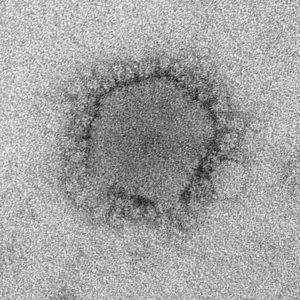This is not a fun topic. Normally, we are trying to maximize milk production while maintaining good animal welfare. However, in these unprecedented times (thanks COVID-19), one may need to limit or reduce the volume of milk leaving the farm. The Penn State Extension, Cornell PRO-DAIRY, and University of Wisconsin Extension teams have discussed options for moderating milk production. These are summarized below.
Reduce animal numbers – heifers
While this wouldn’t have an impact on milk production, it would reduce costs. How many heifers do you really need? If your reproductive management is good, the heifer herd size can be at 7 per 10 head in the milking/dry herd. Don’t pour resources into calves that had respiratory issues; cull them early before they cost you any more money. Calves with lower genetic potential would also be candidates for leaving the farm as calves.
Reduce animal numbers – cows
What cows are good candidates for culling? Chronic mastitis cases, those with more than three services, poor first-lactation performers (How likely, really, are they to get better?), and lame cows (if low body condition, let them put on some weight) should be on the list.
Reduce milk production – dry off cows early
Identify pregnant cows with higher cell counts. Keep and feed separately early-dried off cows from closer-up cows in order to control body condition. Be sure there’s space for them, maybe summer pasture?
Reduce milk production – switch from 3x to 2x milking
Start this process with later-lactation and pre-peak (<30d) cows. Try not to mess with cows at peak production.
Reduce milk production – diet changes
Increase forage component of the diet (dictated in part by forage inventory). Decrease starch to <20% for later-lactation cows (keep peak- and early-lactation cows steady).
Limit feeding is another potential option where one feeds 5-10% less dry matter per day. Research from Europe suggests it will reduce milk volume but increase milk fat, protein, and lactose percentages, although there is not much data for this approach in cows. Feed efficiency increases, but there must be adequate bunk space for everyone because they will clean it out. Again, this is a better option for post-peak rather than peak cows. Consult with the nutritionist.
Alternative milk use – feed calves more milk, longer
Replace milk replacer use and replace (a lot of, all?) starter with whole milk, up to 10-12 qts/day. Be sure to provide some hay or (good) silage for rumen development. Consider including a milk fortifier with a coccidiostat and trace minerals. Wean by 12-14 weeks so they don’t get fat and adversely affect mammary development. Watch out for cross-sucking, and put weaners in noses as needed. They may need more of a gradual transition at weaning.
Alternative milk use – feed heifers
This is best done (if it’s possible at all) in a TMR; be sure to keep the TMR >40% dry matter. Make sure to have a break in milk feeding (that is, wean calves, then add milk back to diet after a while). An advantage is eliminating grain costs for heifers.
Alternative milk use – feed cows
Milk can go into the diet at up to 10-20 lbs (1.3-2.6 lbs DM) per day, but the TMR DM needs to stay >40%. Milk can replace some protein supplement (useful if distillers grain supply has disappeared), along with energy. Of course, consult the nutritionist. There are disadvantages. In warmer weather especially (smell, flies!), bunk clean-up frequency will need to increase, and refusals may not work as heifer or dry cow feed. There is risk of disease transmission, particularly Salmonella but also mastitis agents Staph. aureus and Mycoplasma. Pasteurization would mitigate those problems, but the volume in question could prove challenging. Always prioritize pasteurization of milk for calves. Bulk tank testing would be informative.
Alternative milk use – disposal
Milk as nutrients for soil instead of as nutrients for people is disheartening to be sure. If it comes to this, make sure any land application is in accordance with your animal waste management plan.
Overriding points to remember: determine your financial status (debt load per cow and cost of production) so you know your reference points, and when reducing milk production, think about minimizing long-term impacts. The goals are to reduce losses or penalties while keeping cows healthy and efficient.
For more reading/viewing/listening on the topic:
Cornell PRO-DAIRY
article Diet and Management Considerations for Emergencies: Reducing Milk Flow Without Harming Cows and Threatening Future Production
Penn State Extension Dairy
webinar Weighing Your Options through Milk Supply Management
University of Wisconsin Extension Dairy Team
article Strategies to Reduce Milk Production with Limited Impacts on Future Production
article Considerations when landspreading milk or manure/milk mixtures



